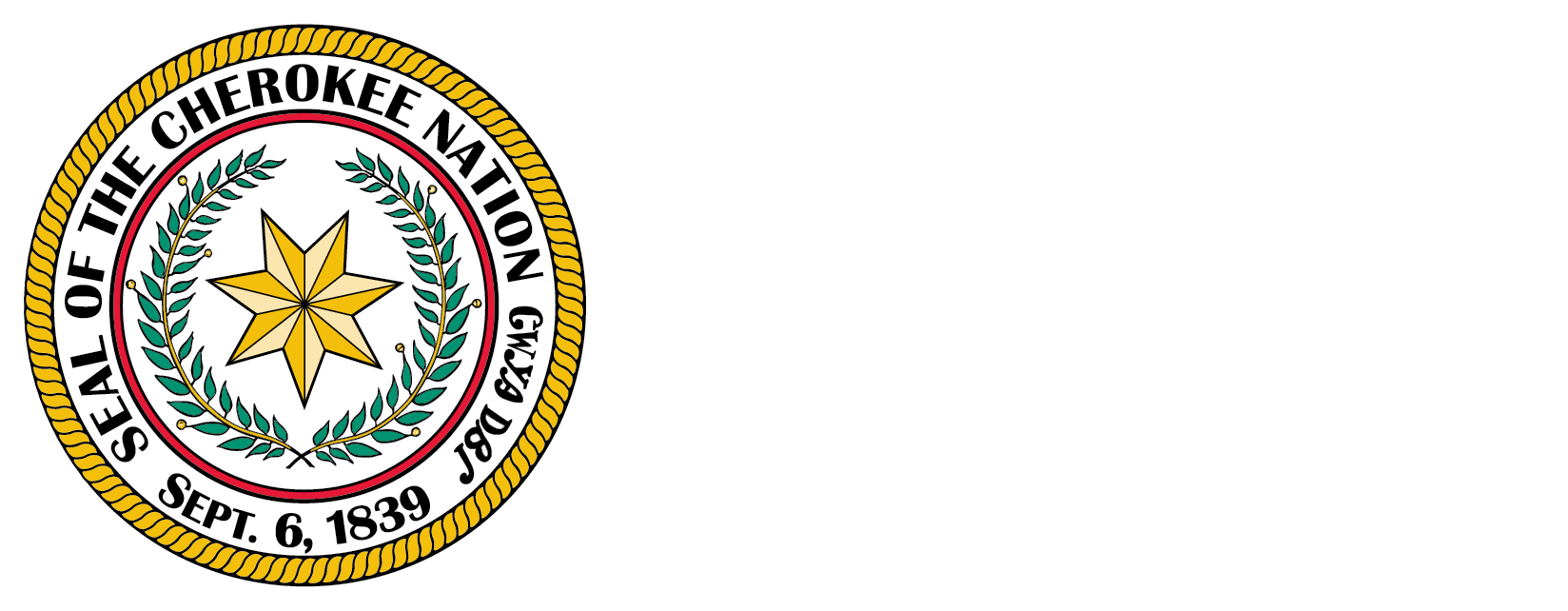CDC COMMUNITY GUIDE: Environmental and Policy Approaches to Increase Physical Activity: Street-Scale Urban Design Land Use Policies
CDC
An Evidence-Based Practice
Description
Street-scale urban design and land use policies involve the efforts of urban planners, architects, engineers, developers, and public health professionals to change the physical environment of small geographic areas, generally limited to a few blocks, in ways that support physical activity.
Policy instruments employed include:
• Building codes
• Roadway design standards
• Environmental changes
Design components include:
• Improved street lighting
• Infrastructure projects to increase safety of street crossing
• Use of traffic calming approaches (e.g., speed humps, traffic circles)
• Enhancing street landscaping
The Community Preventive Services Task Force recommends urban design and land use policies and practices that support physical activity in small geographic areas (generally a few blocks) based on sufficient evidence of their effectiveness in increasing physical activity.
Policy instruments employed include:
• Building codes
• Roadway design standards
• Environmental changes
Design components include:
• Improved street lighting
• Infrastructure projects to increase safety of street crossing
• Use of traffic calming approaches (e.g., speed humps, traffic circles)
• Enhancing street landscaping
The Community Preventive Services Task Force recommends urban design and land use policies and practices that support physical activity in small geographic areas (generally a few blocks) based on sufficient evidence of their effectiveness in increasing physical activity.
Results / Accomplishments
Results from the Systematic Reviews:
Six studies qualified for review and evaluated a variety of effect measures.
• Reviewed studies assessed the relationship between the perceived environment and physical activity practices, or effectiveness in providing a more inviting and safer outdoor environment for activity.
• Overall, the median improvement in some aspect of physical activity (e.g., number of walkers or percent of active individuals) was 35%.
• Additional benefits that may have been brought about by these interventions included: (1) Improvements in green space: (2) Increased sense of community and decreased isolation: (3) Reductions in crime and stress
• Increased walking and bicycling on urban streets, although beneficial, also pose the risk of increased injury to pedestrian or cyclist, because of increased exposure to motor vehicles.
Six studies qualified for review and evaluated a variety of effect measures.
• Reviewed studies assessed the relationship between the perceived environment and physical activity practices, or effectiveness in providing a more inviting and safer outdoor environment for activity.
• Overall, the median improvement in some aspect of physical activity (e.g., number of walkers or percent of active individuals) was 35%.
• Additional benefits that may have been brought about by these interventions included: (1) Improvements in green space: (2) Increased sense of community and decreased isolation: (3) Reductions in crime and stress
• Increased walking and bicycling on urban streets, although beneficial, also pose the risk of increased injury to pedestrian or cyclist, because of increased exposure to motor vehicles.
About this Promising Practice
Primary Contact
The Community Guide
1600 Clifton Rd, NE
MS E69
Atlanta, GA 30329
(404) 498-1827
communityguide@cdc.gov
https://www.thecommunityguide.org/
1600 Clifton Rd, NE
MS E69
Atlanta, GA 30329
(404) 498-1827
communityguide@cdc.gov
https://www.thecommunityguide.org/
Topics
Health / Physical Activity
Environmental Health / Built Environment
Environmental Health / Built Environment
Source
Community Guide Branch Epidemiology and Analysis Program Office, Centers for Disease Control and Prevention
Location
USA
For more details
Target Audience
Children, Teens, Adults, Women, Men, Older Adults, Families, Racial/Ethnic Minorities
Additional Audience
Communities
